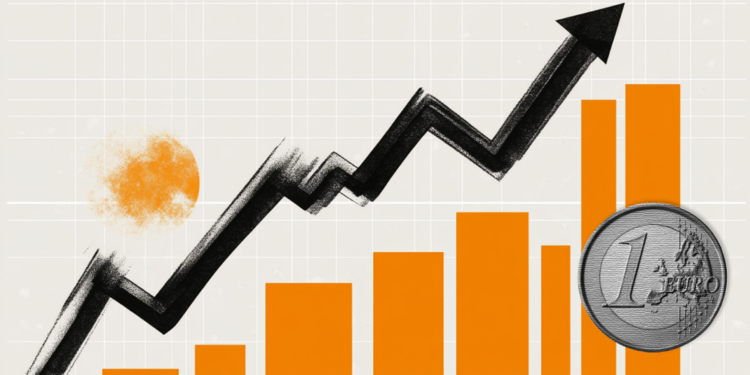- USD/CAD edges higher as traders remain cautious ahead of US Initial Jobless Claims and ISM Services PMI.
- The US Dollar received support from improving US Treasury yields.
- The BoC cut interest rates by 25 basis points to 4.25% at its September meeting on Wednesday.
USD/CAD is retracing recent losses, trading around 1.3510 during Asian hours on Thursday. The US Dollar (USD) remains strong as traders remain cautious ahead of the release of the US ISM Services PMI and Initial Jobless Claims, scheduled for later in the North American session.
Attention will now shift to Friday’s US non-farm payrolls (NFP) for further clues on the potential size of an expected rate cut by the Federal Reserve (Fed) this month.
The Dollar Index (DXY), which measures the value of the US Dollar against six other major currencies, is trading around 101.30. The Dollar is supported by improving 2-year and 10-year US Treasury bond yields, standing at 3.76% and 3.75%, respectively, at the time of writing.
However, the US dollar faced challenges following the release of the US JOLTS job openings for July, which missed expectations and indicated a further slowdown in the labor market. The number of job openings fell to 7.673 million in July, from 7.910 million in June. This marked the lowest level since January 2021 and was below the market expectation of 8.10 million.
On Wednesday, the Bank of Canada (BoC) cut its benchmark interest rate by 25 basis points (bps) to 4.25%, as expected, at its September meeting on Wednesday. BoC Governor Tiff Macklem commented, “If inflation continues to decline in line with our July forecast, further cuts to our policy rate are likely.”
Governor Macklem also noted that a 25 basis point (bps) reduction seemed appropriate and noted that the divergence with the US Federal Reserve on rates has not significantly affected the exchange rate.
Canadian Dollar FAQs
The key factors determining the Canadian dollar (CAD) are the level of interest rates set by the Bank of Canada (BoC), the price of oil, Canada’s main export, the health of its economy, inflation and the trade balance, which is the difference between the value of Canadian exports and its imports. Other factors include market sentiment, i.e. whether investors are betting on riskier assets (risk-on) or looking for safe assets (risk-off), with risk-on being positive for the CAD. As its largest trading partner, the health of the US economy is also a key factor influencing the Canadian dollar.
The Bank of Canada (BoC) exerts significant influence over the Canadian dollar by setting the level of interest rates that banks can lend to each other. This influences the level of interest rates for everyone. The BoC’s main objective is to keep inflation between 1% and 3% by adjusting interest rates up or down. Relatively high interest rates are generally positive for the CAD. The Bank of Canada can also use quantitative easing and tightening to influence credit conditions, with the former being negative for the CAD and the latter being positive for the CAD.
The price of oil is a key factor influencing the value of the Canadian dollar. Oil is Canada’s largest export, so the price of oil tends to have an immediate impact on the value of the CAD. Generally, if the price of oil rises, the CAD rises as well, as aggregate demand for the currency increases. The opposite occurs if the price of oil falls. Higher oil prices also tend to lead to a higher probability of a positive trade balance, which also supports the CAD.
Although inflation has traditionally always been considered a negative factor for a currency, as it reduces the value of money, the opposite has actually occurred in modern times, with the relaxation of cross-border capital controls. Higher inflation typically leads central banks to raise interest rates, which attracts more capital inflows from global investors looking for a lucrative place to store their money. This increases demand for the local currency, which in Canada’s case is the Canadian dollar.
The released macroeconomic data measures the health of the economy and can have an impact on the Canadian Dollar. Indicators such as GDP, manufacturing and services PMIs, employment and consumer confidence surveys can influence the direction of the CAD. A strong economy is good for the Canadian Dollar. Not only does it attract more foreign investment, but it can encourage the Bank of Canada to raise interest rates, which translates into a stronger currency. However, if the economic data is weak, the CAD is likely to fall.
Source: Fx Street
I am Joshua Winder, a senior-level journalist and editor at World Stock Market. I specialize in covering news related to the stock market and economic trends. With more than 8 years of experience in this field, I have become an expert in financial reporting.







